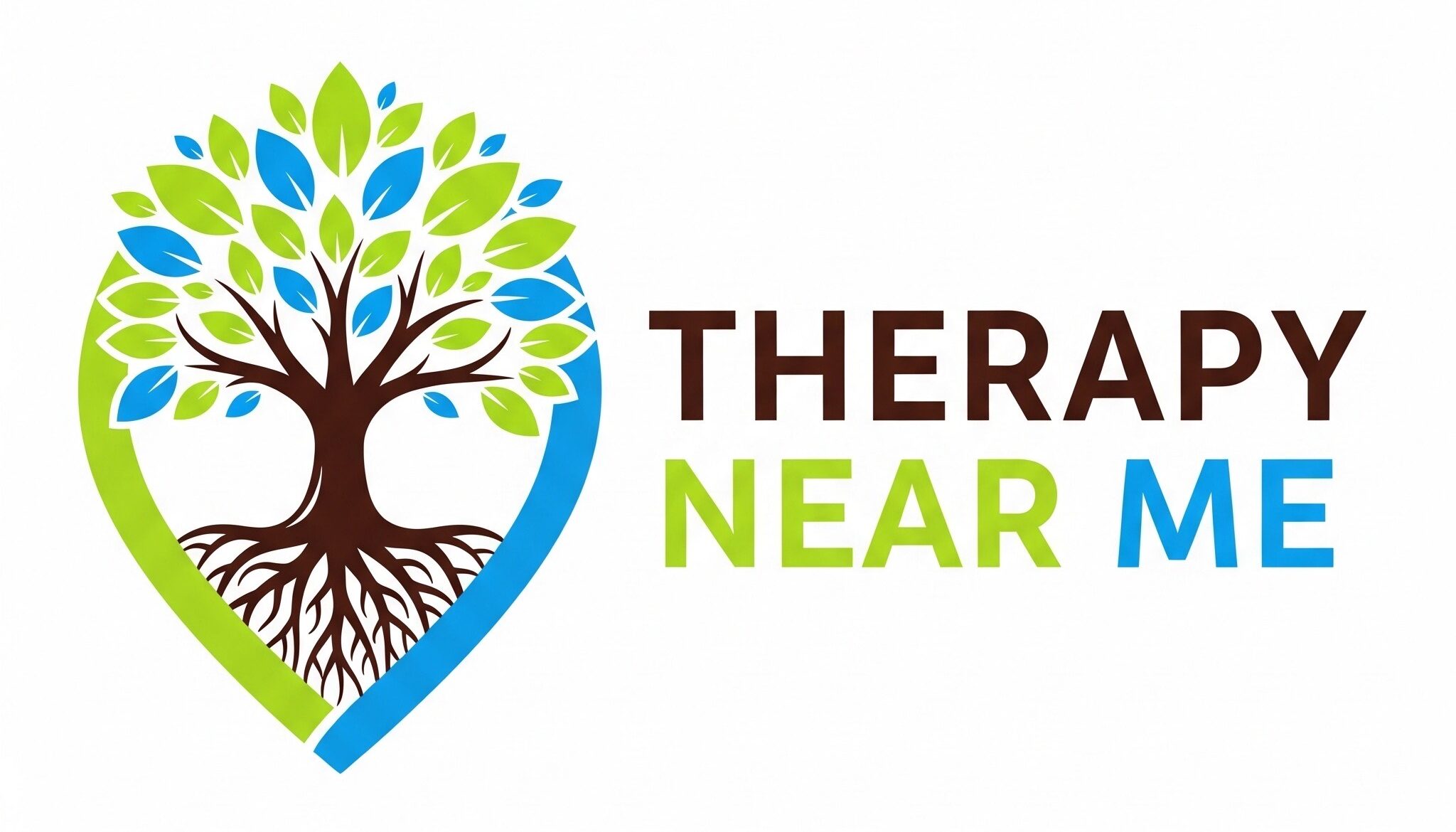Family therapy, a form of psychotherapy, aims to address psychological, emotional, and behavioural issues within the context of the family unit. It operates on the principle that individuals’ problems cannot be fully understood or resolved in isolation from their familial environment. By examining the interactions between family members, family therapy seeks to identify and address patterns that contribute to conflict and distress. This article explores the essence of family therapy, its benefits, methodologies, and the evidence supporting its effectiveness.
Understanding Family Therapy
Family therapy, also known as family systems therapy, considers the family as a single emotional unit. It’s based on systems theory, which posits that changes in one part of the system can lead to changes in other parts. Thus, therapy focuses on the relationships and dynamics within the family, rather than on individuals in isolation.
Theoretical Foundations
Several models inform family therapy practice, including structural family therapy, which focuses on adjusting and strengthening the family system’s structure, and strategic family therapy, which looks at changing specific behaviours and interactions. Other approaches, such as Bowenian family therapy, concentrate on generational transmission of behaviors and emotional processes.
Benefits of Family Therapy
Family therapy has been shown to be beneficial in a wide range of situations, including marital problems, parent-child conflict, mental health issues, substance abuse, and the impacts of illness or disability on the family. It can help to:
- Improve communication between family members.
- Resolve conflicts and increase understanding.
- Strengthen the family’s coping mechanisms.
- Address dysfunctional interactions and patterns.
Evidence of Effectiveness
Research supports the effectiveness of family therapy in treating various mental health and behavioural issues. A review published in the Journal of Marital and Family Therapy highlights its efficacy in treating adolescent drug abuse, demonstrating significant improvements in substance use and family functioning (Liddle, H.A., 2004). Additionally, family therapy has been shown to be effective in managing conditions such as eating disorders, depression, and schizophrenia, by improving symptoms and enhancing family relationships (Carr, A., 2014, Family Therapy: Concepts, Process and Practice).
Methodologies
Family therapy sessions may involve all or some family members, depending on the therapy goals and the specific issues being addressed. Therapists employ a variety of techniques, including communication theory, psychoeducation, and interactional interventions, to facilitate change. The therapy can be short-term, focusing on immediate issues, or long-term, addressing more complex problems.
Considerations in Practice
Successful family therapy requires the therapist to be culturally sensitive and aware of the family’s values, beliefs, and dynamics. It’s essential for the therapist to establish trust and a non-judgmental, supportive environment where family members feel safe to express their thoughts and feelings.
Conclusion
Family therapy offers a powerful approach to healing and strengthening families facing challenges. By focusing on the family system as a whole, it can address the root causes of issues, promote positive change, and improve the well-being of all members. As research continues to evolve, the scope and effectiveness of family therapy are likely to expand, offering hope and support to more families in need.
References
- Liddle, H.A. (2004). Family-based therapies for adolescent alcohol and drug use: Research contributions and future research needs. Journal of Marital and Family Therapy.
- Carr, A. (2014). Family Therapy: Concepts, Process and Practice. Wiley.
How to get in touch
If you or your patient/NDIS clients need immediate mental healthcare assistance, feel free to get in contact with us on 1800 NEAR ME – admin@therapynearme.com.au.







